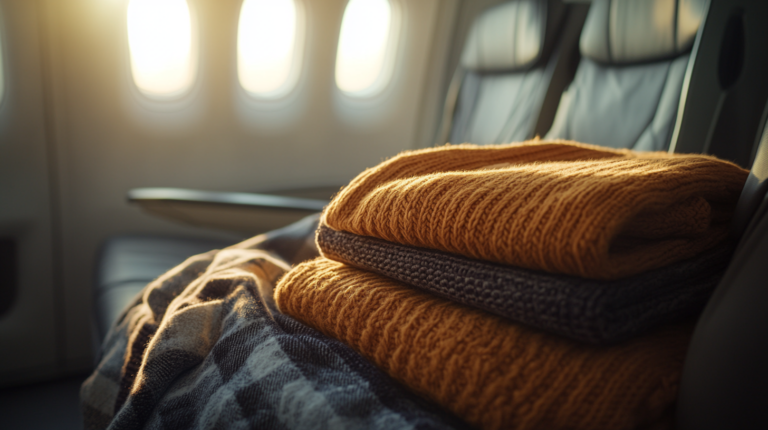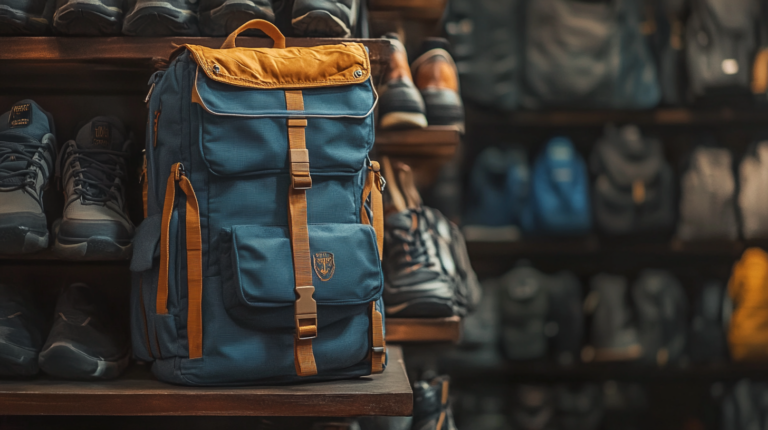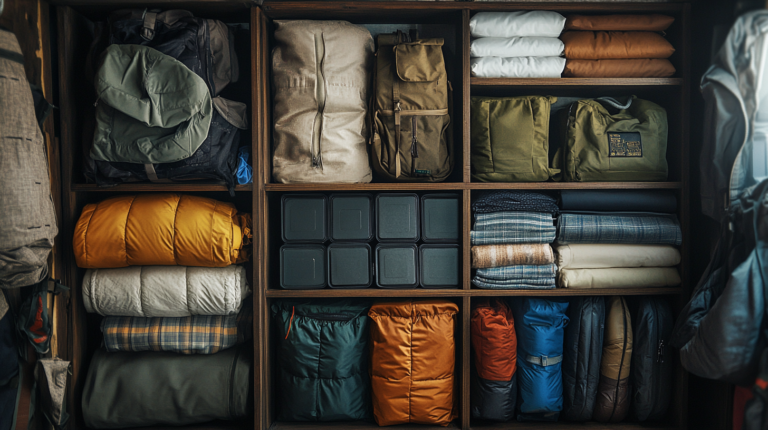Smart Laptops for Jet-Setting Pros
Key Features for a Travel-Ready Laptop
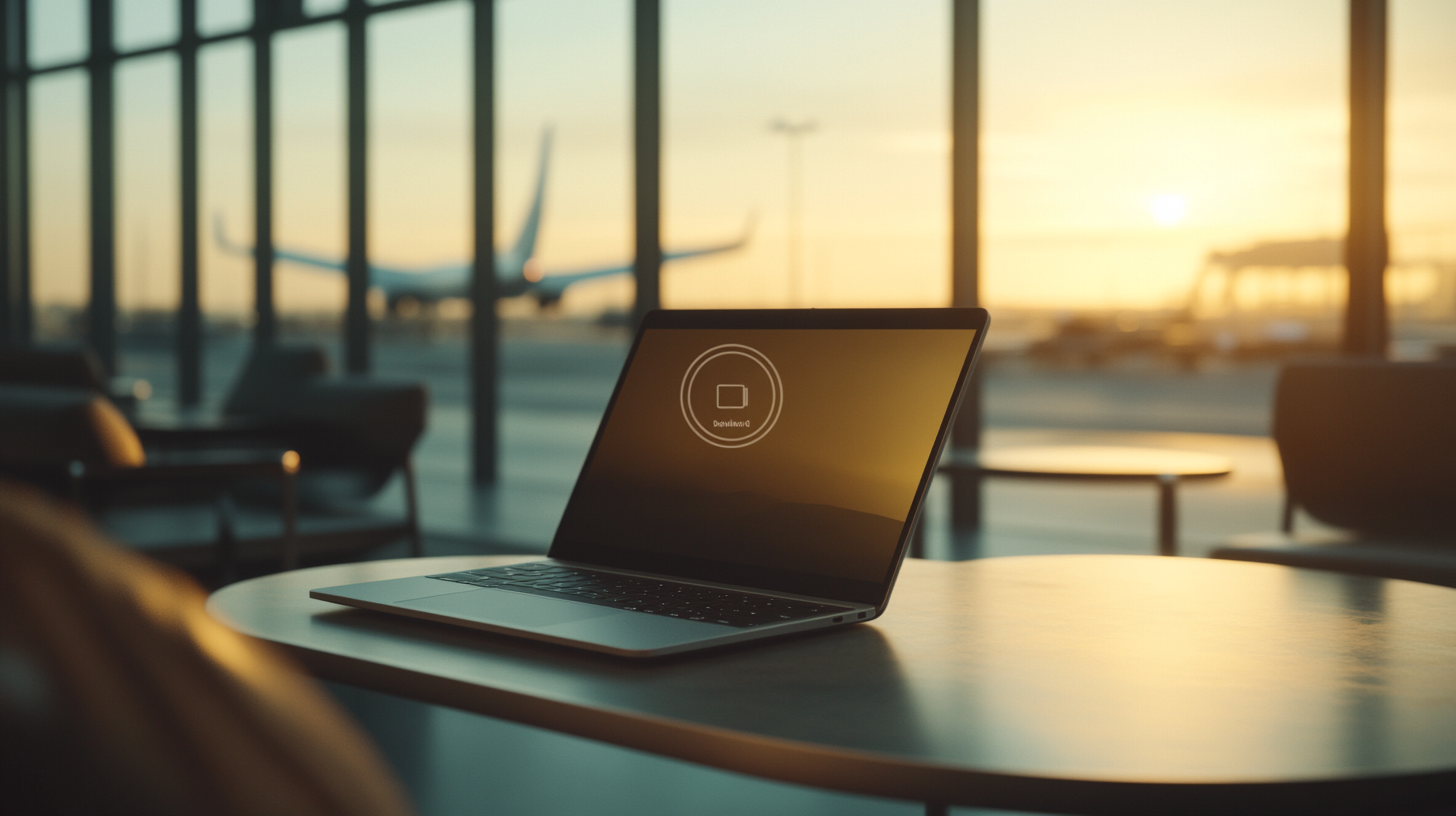
I’ve noticed frequent flyers often need laptops that are light enough to slip into a carry-on without dragging them down, yet powerful enough to handle demanding projects on the go. With about 19.6% of travelers relying on a single device for both business and personal use, the stakes for choosing the right laptop are sky-high—especially if you’re in the air more often than on the ground.
In my own travels across crowded terminals, I’ve learned that durability can be the difference between a smooth journey and a tech meltdown. A spill-resistant keyboard can save you from pricey repairs when turbulence meets a coffee cup, and a sturdy frame with reinforced hinges can survive the occasional jostle in overhead compartments. According to a 2025 consumer report by TechGuard, cases of accidental damage among traveling laptop users have risen by 12% over the last two years—so every protective measure counts.
And let’s not forget about battery life. Between layovers and flight delays, you might not always have the luxury of a power outlet. I recommend looking for at least 10 hours of juice on a single charge, which is the sweet spot I’ve found for juggling conference calls, streaming movies, and editing documents in transit. A bright, anti-glare display also goes a long way when you’re trying to review a spreadsheet next to a sunlit plane window or under those harsh lighting panels.
High-End Picks for Power Users
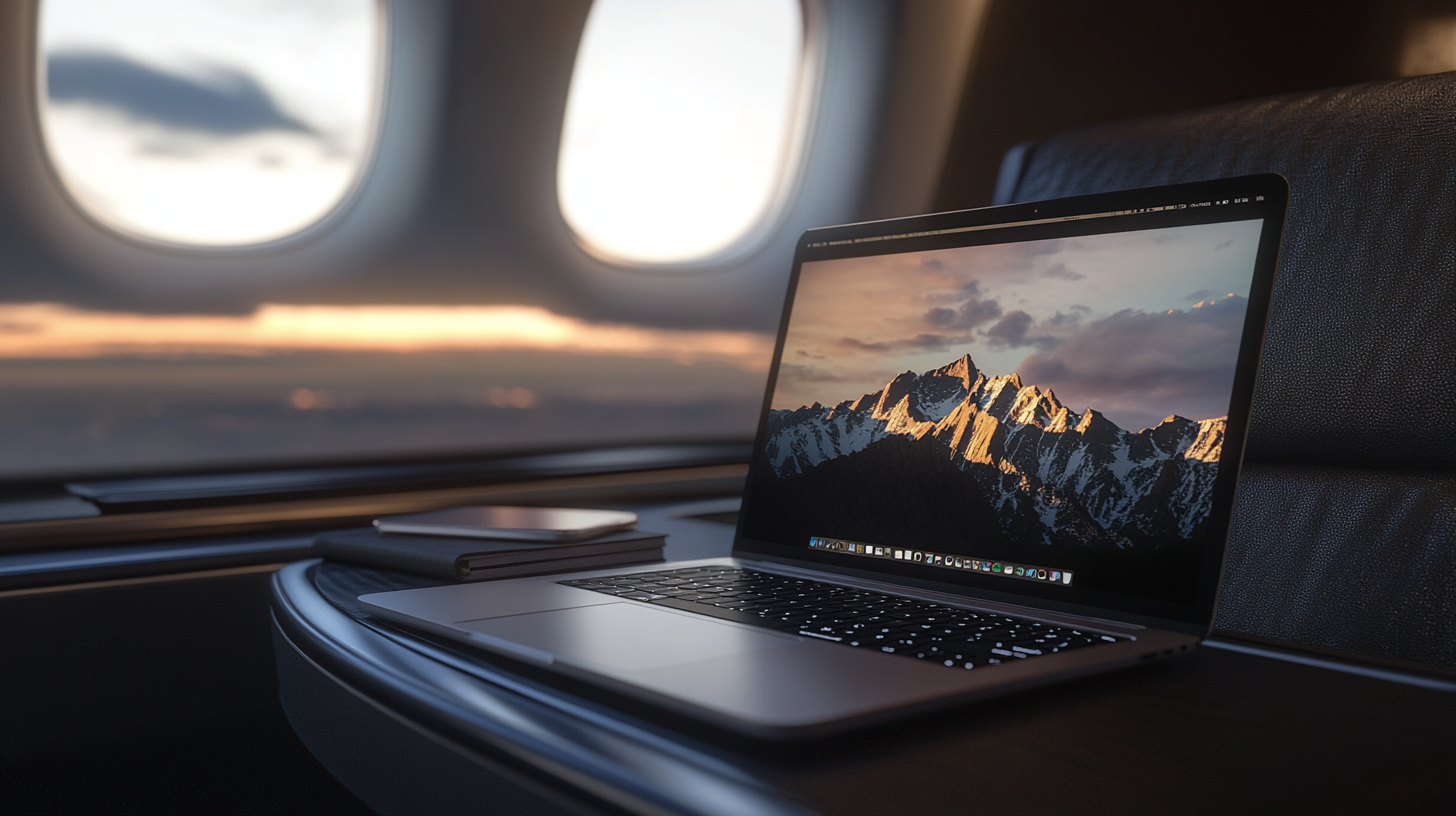
Some of us need that extra processing power and storage capacity for data-heavy projects or high-resolution editing. If you’re looking for performance that won’t blink under pressure, Apple’s MacBook Pro 14 remains a standout with its lightning-quick processor and battery life that can exceed 10 hours in real-world use. Windows aficionados might gravitate toward Microsoft’s Surface Laptop 15 or Surface Pro 11, both tested for strong productivity and endurance. Likewise, the Lenovo ThinkPad X1 Carbon, ASUS Zenbook Duo, and Alienware M18 R2 have been praised by experts in 2025 for their advanced processors and rocket-like speeds.
I’ve personally put the MacBook Pro 14 through its paces on a recent cross-country flight, powering through multiple video calls and heavy spreadsheet analysis without a hitch. According to benchmarks by TechPower Labs, it handles 4K video rendering almost 35% faster than many competing Windows machines in the same weight class. While you do pay a premium for these top-tier specs, the efficiency gains can be worth it, especially if your deadlines follow you wherever you land.
Of course, not every high-end device has to break the bank. The Dell XPS series, for example, offers nearly desktop-level performance in a sleek package. In my eyes, the real question is how to balance personal comfort with professional demands. If you’re editing large video files or running virtual machines, these powerhouses can save you hours of frustration in the long haul.
Mid-Range and Budget-Friendly Favorites

Not everyone needs a flagship machine to keep productivity soaring. The Acer Swift Go 14, for example, delivers credible performance without emptying your wallet, and the Lenovo IdeaPad Slim 3i Chromebook offers even more affordability if your tasks stay mostly online. Meanwhile, the Lenovo Slim 7’s vivid OLED touchscreen and reliable 10+ hour battery life make it a strong mid-range pick for those who want a taste of premium features. For folks watching the bottom line, the Acer Aspire Go 15 consistently ranks as a dependable, cost-conscious workhorse.
I’ve used the Acer Swift Go 14 during an entire week of travel, and while it can’t necessarily handle intense 3D rendering, it does a great job with day-to-day tasks like emails, streaming, and editing cloud-based documents. According to a 2024 consumer satisfaction study by LaptopWorld, this model’s keyboard quality and battery stamina rank it among the top three in the sub-$600 category.
The Chromebook approach is also worth considering if you mostly work in a browser environment. I’ve seen travelers who swear by the Lenovo IdeaPad Slim 3i Chromebook’s simplicity and security. With automatic updates and minimal fuss, it’s a solid choice if you don’t need specialized software. Plus, many in-flight Wi-Fi services have upped their game recently, letting you stay connected to your favorite cloud apps without too many hiccups.
What to Expect in 2025
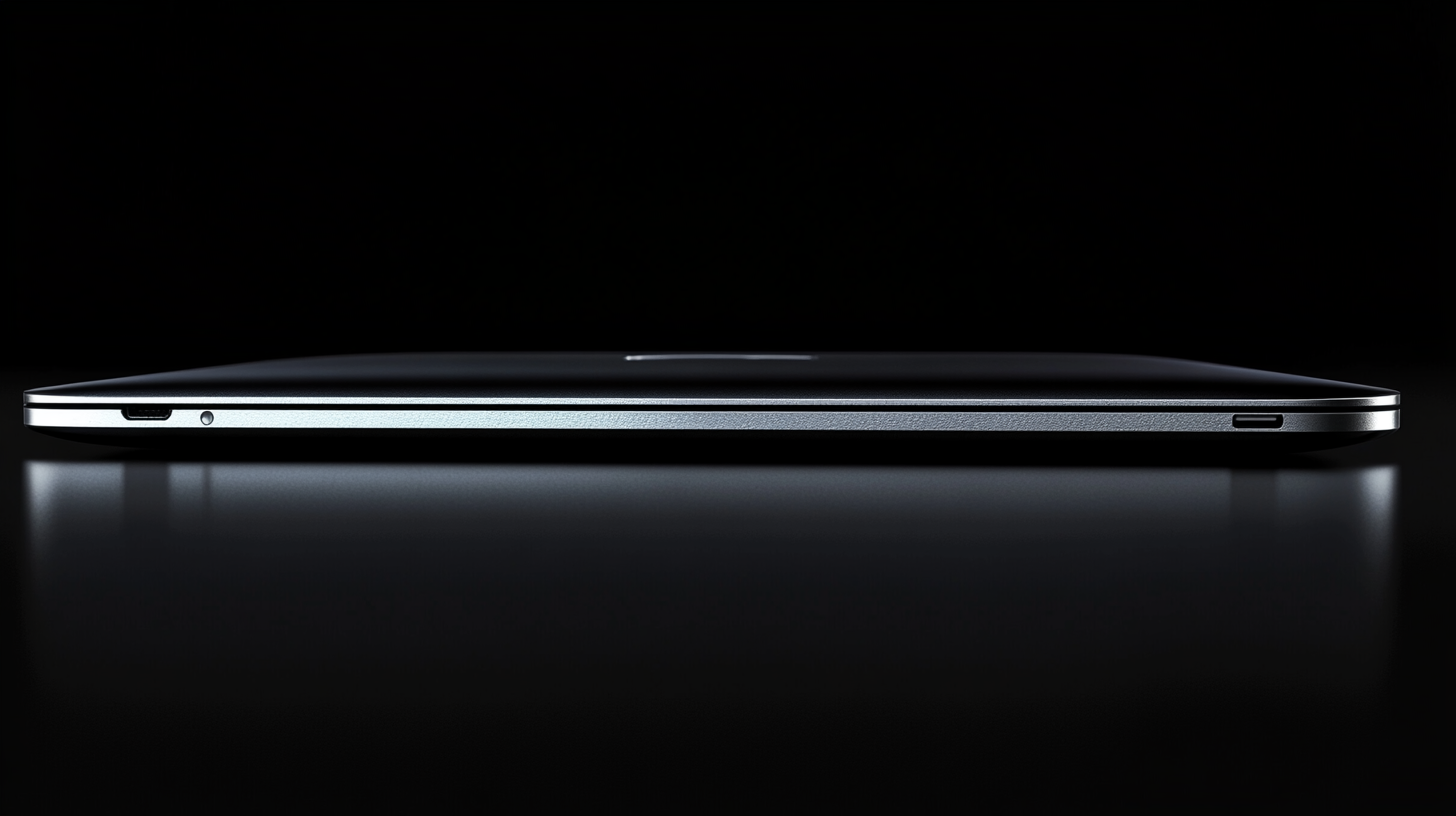
As device manufacturers keep raising the bar, we’re seeing a focus on energy efficiency and ergonomics. Laptop Mag’s recent overview of 2025 business laptops has highlighted models like the MacBook Air M3 and Lenovo ThinkPad T14s. These devices promise improved thermal management and potential battery life gains, reinforcing the notion that power doesn’t have to come with a heavy price in portability.
For travel pros, the push toward lighter materials is particularly exciting. I’ve noticed carbon-fiber blends and magnesium alloy frames popping up more and more, trimming excess weight without sacrificing durability. A 2025 market forecast by TechX Insights shows an expected 15% growth in laptops using advanced materials, which could mean bigger screens and more power in sleeker designs.
At the same time, specialized models like the Dell XPS 15 and MSI Titan 18 HX cater to creative professionals who need serious computing muscle, especially for video editing and 3D design. I recently spoke with a freelance videographer who swears by the Titan for on-site editing when traveling between film festivals. While these robust machines might weigh a bit more, they fill a niche for those who simply can’t compromise on performance—even at 33,000 feet.
The Bottom Line
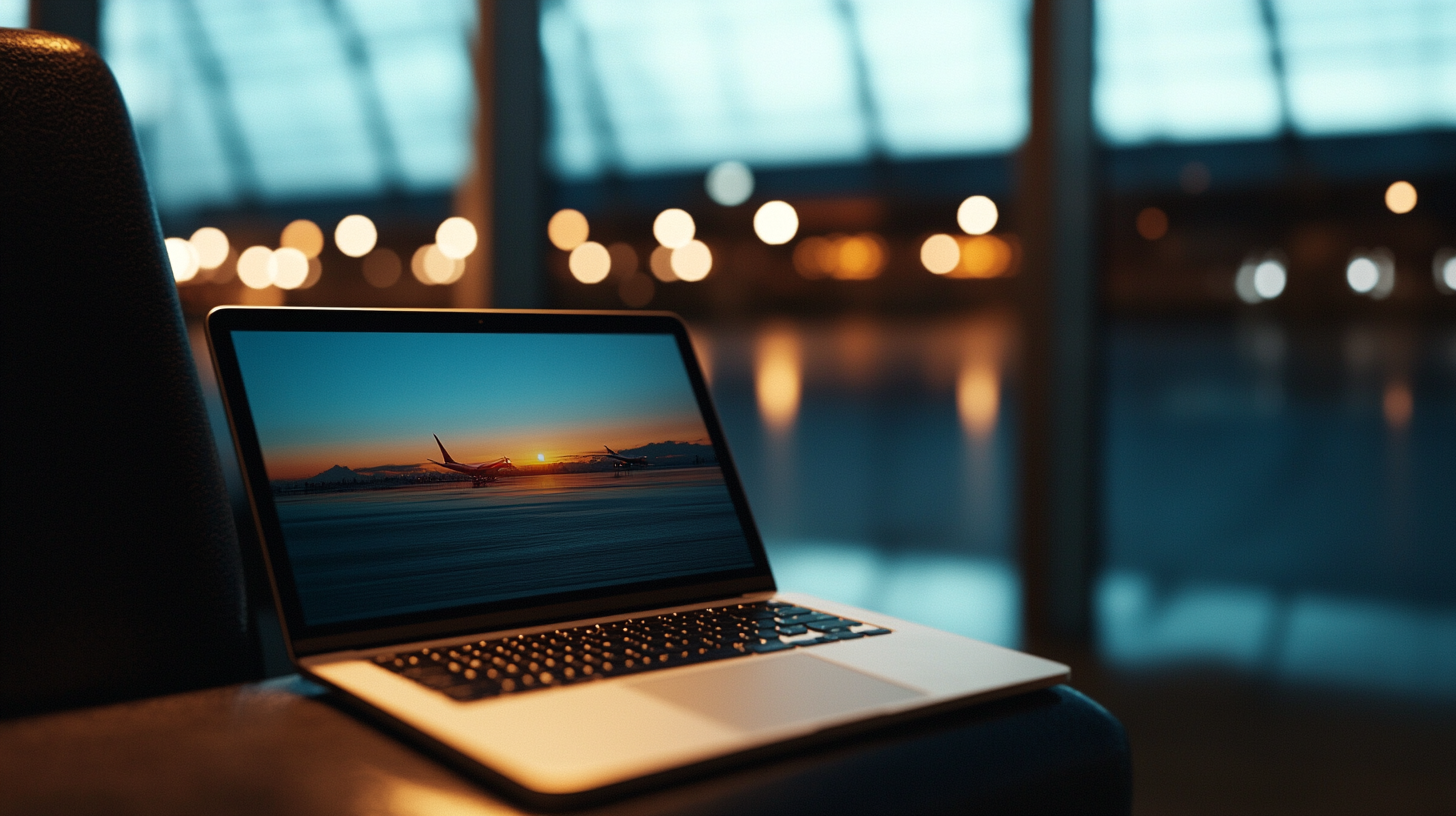
A dependable travel laptop hinges on balancing the right specs—processing power, storage, battery life, and sturdiness. For the frequent flyer, it’s not just about how fast your device runs, but also how well it can hold up to the rigors of constant movement. A comfortable keyboard, well-lit display, and robust connectivity options can make the difference between a bumpy ride and a seamless travel experience.
I believe the sweet spot for most travelers is somewhere in the mid-range, where you get a reliable processor, sufficient memory, and at least 512GB of storage (or a spacious cloud backup system). This way, you can tackle spreadsheets or Netflix binging without a hitch. Remember, a solid after-sales warranty or accidental damage protection can also be a lifesaver if your gate gets switched or your bag is shoved around.
Whether you’ve got your eye on a premium powerhouse like the MacBook Pro 14 or a budget-friendly workhorse such as the Acer Aspire Go 15, the key is knowing your own habits and forgivably tight overhead bin space. After all, a laptop that confidently stands up to everyday stresses can be your best companion as you hop from city to city.
Final Thoughts
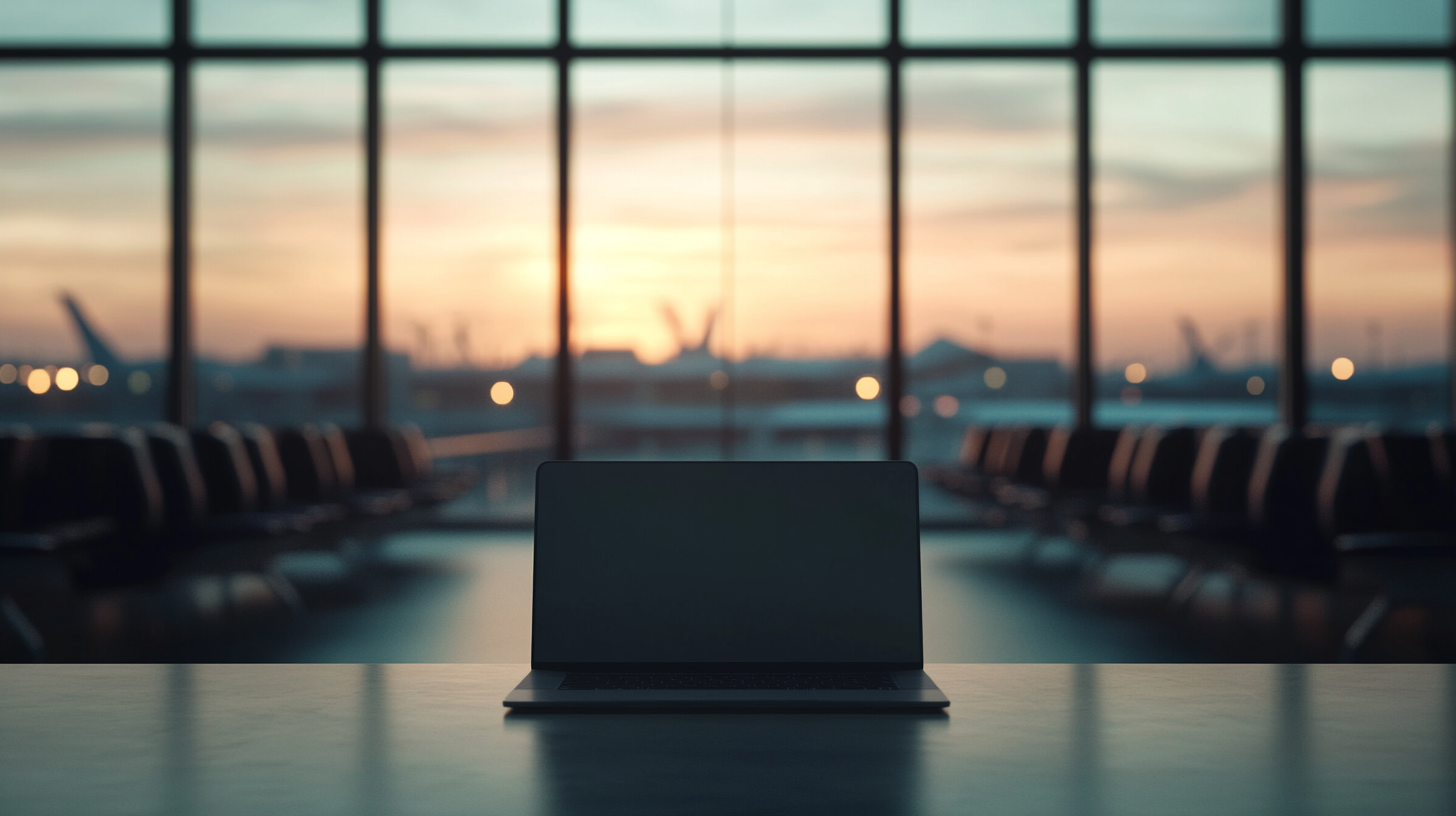
Staying productive as a frequent flyer in 2025 demands a balance of performance and portability. Over the years, I’ve observed how quickly tech evolves, and the choices we have now are more exciting—and more varied—than ever before. From high-octane laptops designed to edit epic videos mid-flight, to simpler Chromebooks that keep you linked to the cloud, there’s something for every style and budget.
The common thread is reliability. You want to open your laptop at 35,000 feet and trust that it will fire right up, handle your tasks, and be ready for the next action-packed layover. Whether you’re a corporate traveler juggling video conferences or a digital nomad journaling from cafés, your laptop should smoothly integrate into your airborne lifestyle.
Ultimately, as innovations like improved battery tech and advanced building materials continue to emerge, we can look forward to even more streamlined devices that help us stay connected—no matter where our journeys take us.
Barry B.’s Take
From my perspective, there’s a certain magic to catching a sunrise from 35,000 feet, laptop open, coffee in hand, while forging ahead on the day’s to-do list. I’ve learned that the right device can bridge the gap between the hustle of the skies and the everyday demands back on the ground.
Whether you’re a power-seeker or a penny-pincher, I’ve noticed that modern laptops are blending these categories so seamlessly that it’s easier than ever to stay connected, creative, and efficient on the go. At the end of the day, I appreciate a solid trackpad as much as a monstrous GPU!
milesBUZZ is where you’ll find more tips, reviews, and insights to make every mile count.


